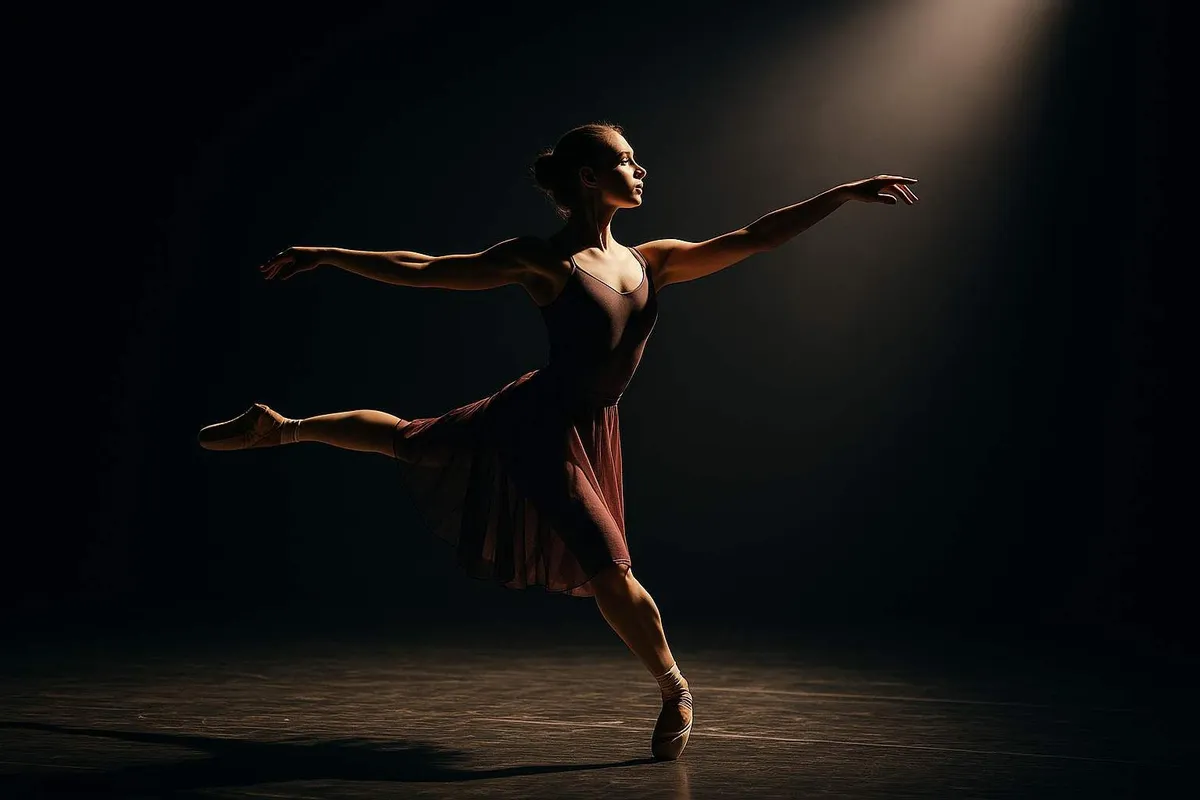What Dance Does to Your Brain: The Hidden Psychology Behind Every Move

Dance is usually seen as a smooth mix of art and athleticism, where the audience is amazed by the dancer’s grace and control. What often goes unnoticed, though, are the mental struggles behind the scenes. For dancers, both physical training and mental toughness play a big role, with the difference between a good dancer and a great one coming down more to psychology than sheer muscle power.
The Dance Pressure Cooker
Dancers deal with a ton of pressure, much like top athletes do. Auditions, competitions, and live shows are loaded with expectations that call for not only technical skill but also a steady mind. Handling fear, self-doubt, and bursts of adrenaline is part of putting on a show that captivates the crowd. Performing at the highest level means staying cool under pressure and exuding confidence.
This constant pressure pushes dancers to keep refining their skills. Every performance is a chance to prove they can handle the heat and stay composed, even when things get wild.
Making the Most of Visualization
Visualization is a powerful tool for dancers. By mentally running through their routines, they build neural pathways that get their bodies ready for the moves they imagine. This trick works especially well before big shows when there isn’t much time for physical rehearsal. Imagining the stage setup helps ease nerves and gears them up for a great performance.
This mental run-through lets dancers foresee potential hurdles and practice their fixes in their minds, setting up a clear path for success before they even step on stage.
Tackling Pre-Show Jitters
It’s totally normal for dancers to feel nervous before a performance—heart racing and legs feeling wobbly are common signs. If these feelings aren’t managed, they can throw even the most talented dancer off their game. Techniques like deep breathing, grounding exercises, and positive self-talk help turn nervous energy into performance-ready energy.
By channeling that fear into creative fuel, dancers can deliver shows that feel genuine and heartfelt. This shift depends on staying committed to the moment, even when emotions are running high.
Learning from Setbacks
In the dance world, rejection and mistakes happen all the time. Bouncing back means treating these setbacks as chances to grow rather than reasons to give up. Dancers who keep pushing forward learn from every stumble and come back even stronger.
This mindset not only helps them have longer careers but also keeps burnout at bay by encouraging non-stop learning and progress within the dance community.
Pre-Show Rituals: Keeping It Together
Rituals can act like anchors for dancers when the pressure is on. Whether it’s a specific warm-up routine, jamming to a favorite song, or repeating a few affirmations, these pre-show habits create a feeling of stability when things seem unpredictable.
This kind of mental prep is as important as physical readiness—it gives dancers a sense of control over their environment so they can focus entirely on doing what they love.
Getting Into the Zone
Reaching a flow state is like hitting the pinnacle of performance, where every move feels natural and fluid. It takes trusting your muscle memory and quieting that inner critic that might throw you off.
When dancers get into this zone, not only does their performance soar, but the audience gets to experience a kind of magic that’s hard to forget.
Focusing on Mental Health in Dance
More and more dancers are joining forces with sports psychologists and performance coaches to build up their confidence and manage stress. These experts help them stay sharp and motivated, supporting an all-around approach to well-being that’s becoming a bigger part of the industry today.
As the dance world grows more open to mixing mental support into training routines, there are plenty of stories showing how nurturing the mind-body connection can lead to long-lasting, successful careers.
By recognizing that the mind plays a huge role in every memorable dance performance, we gain a deeper appreciation for the art itself and get a glimpse at the unseen layers of dedication and perseverance that define true dance greatness.